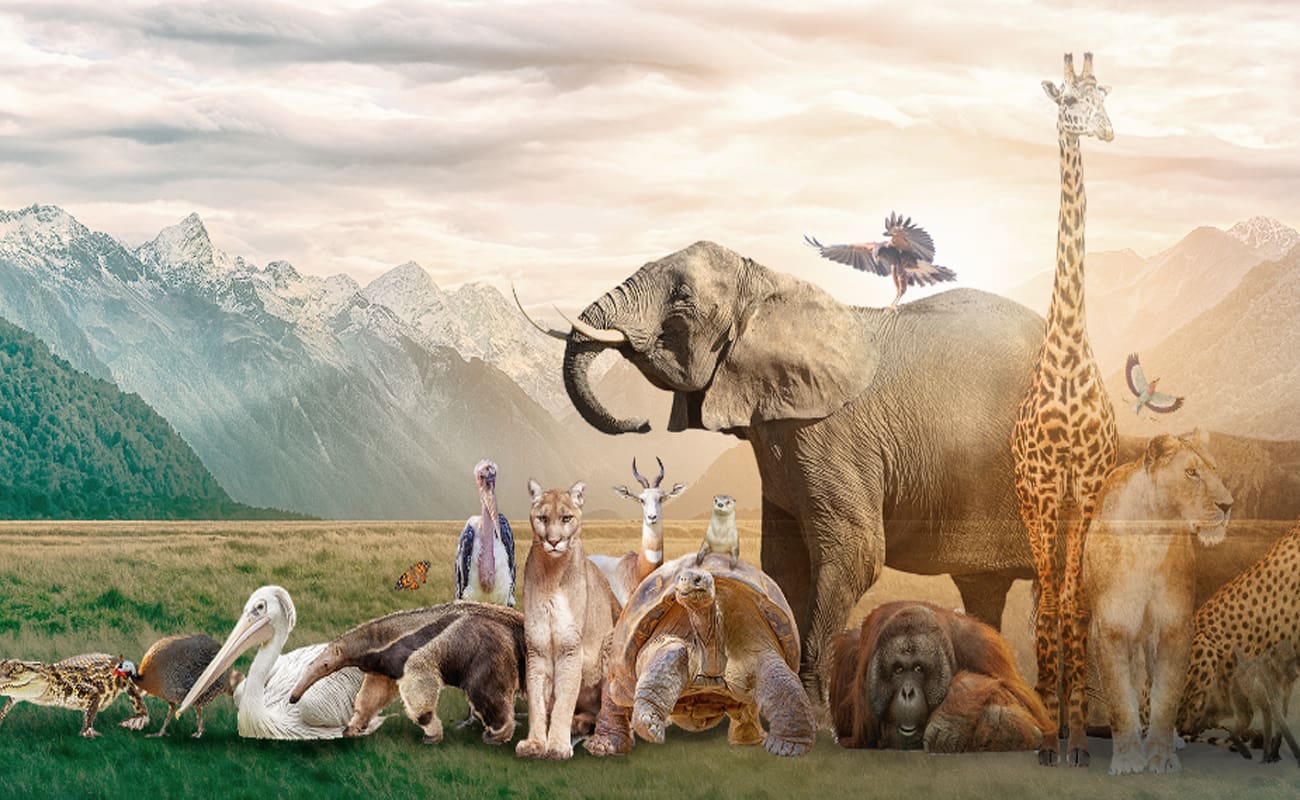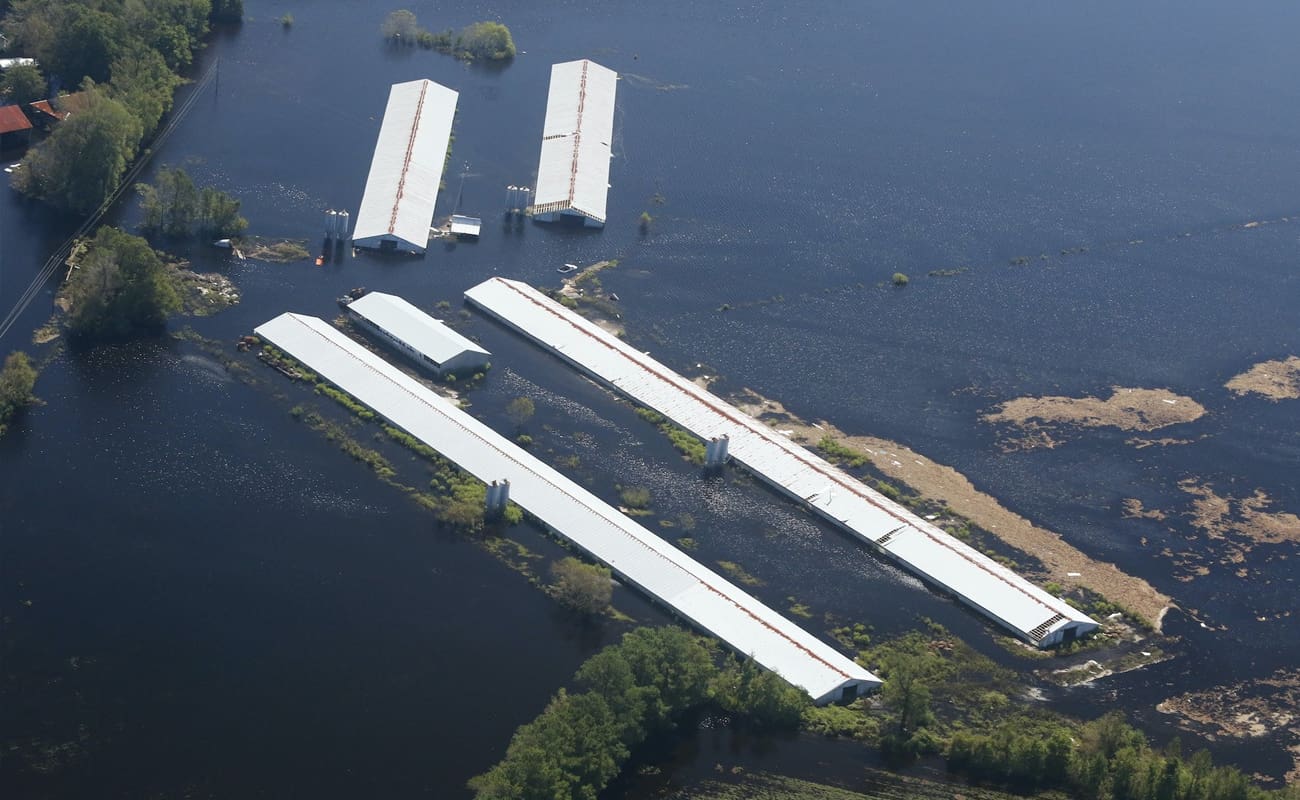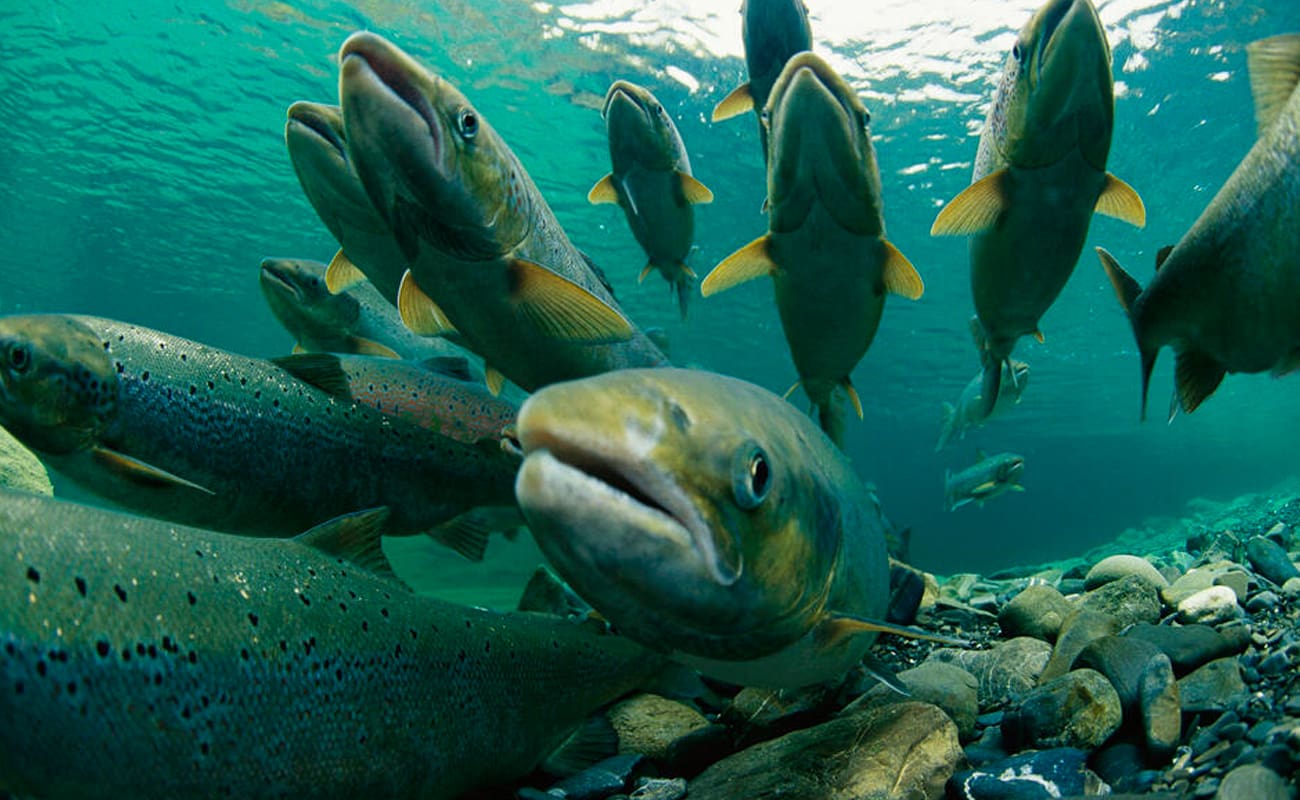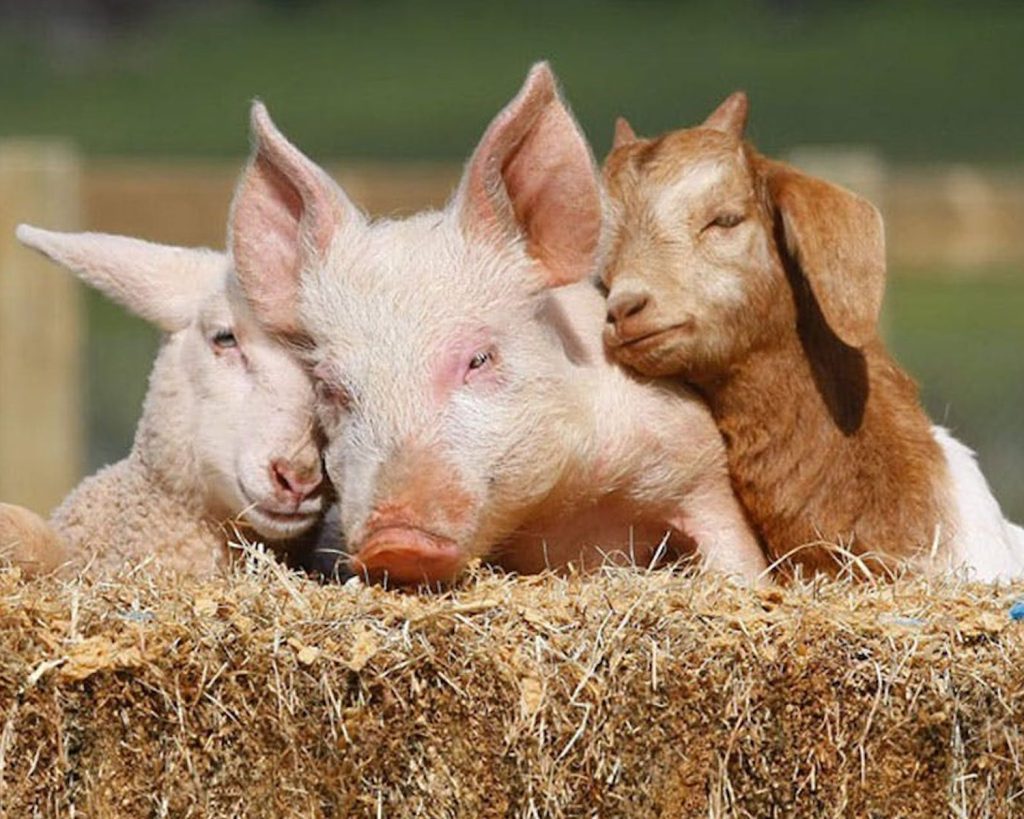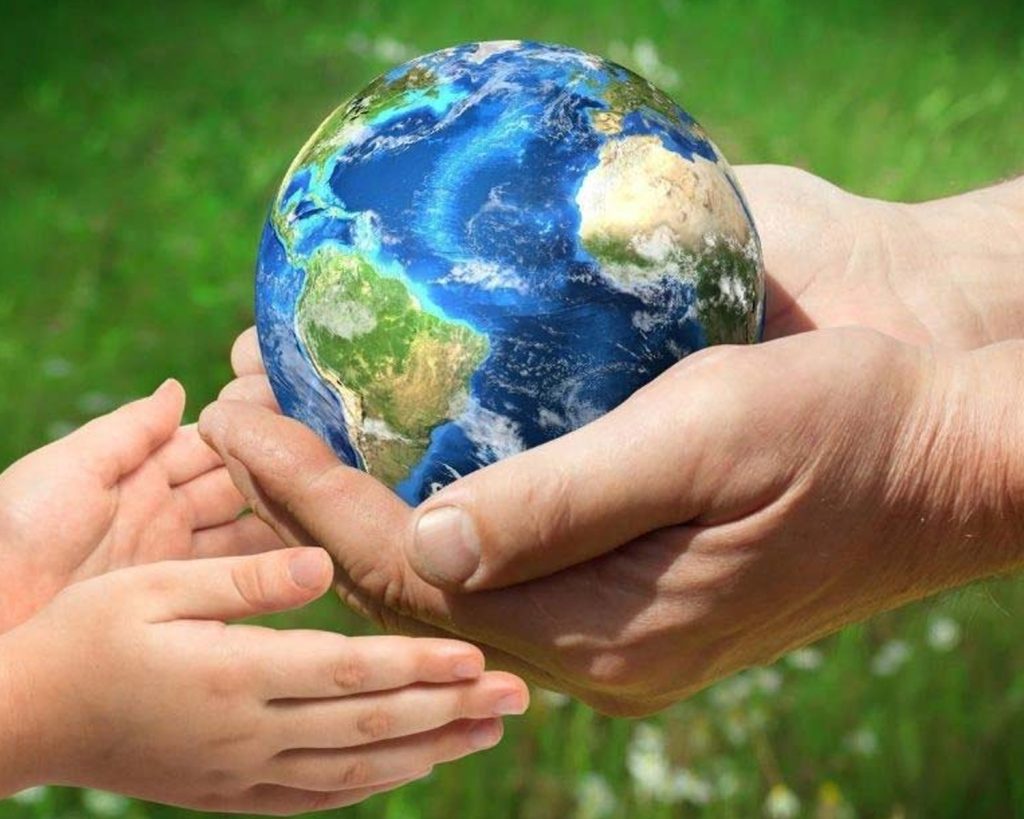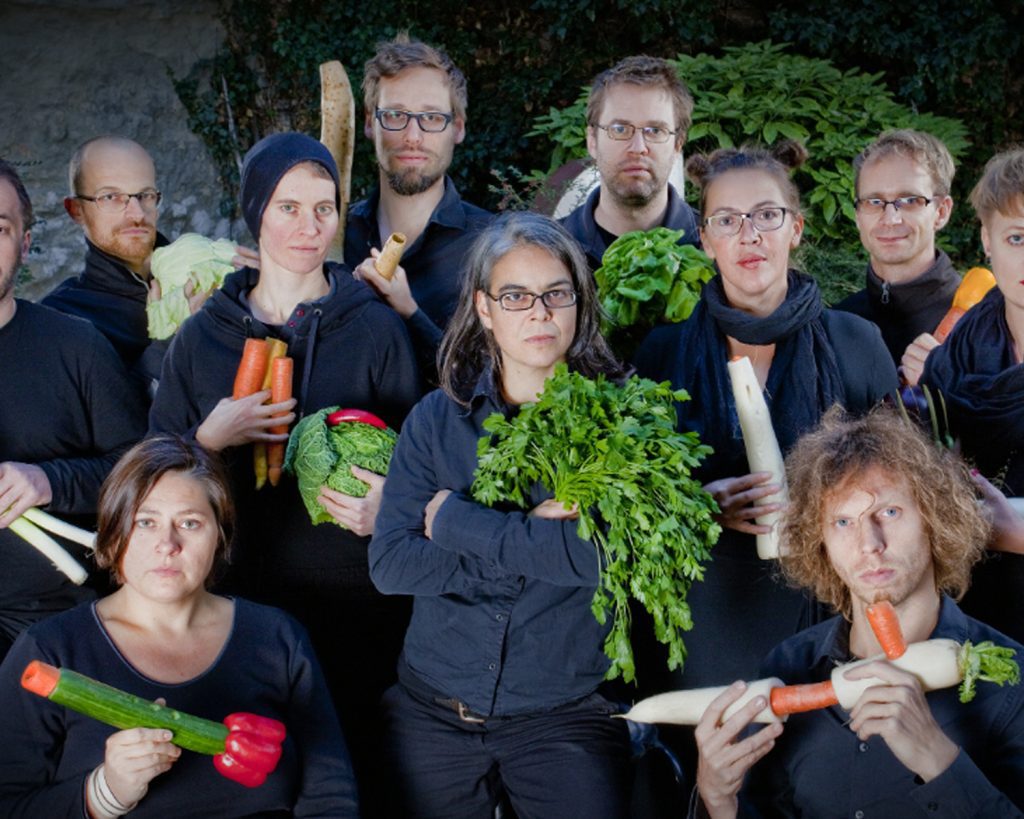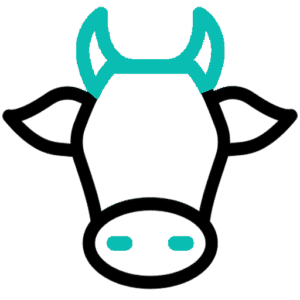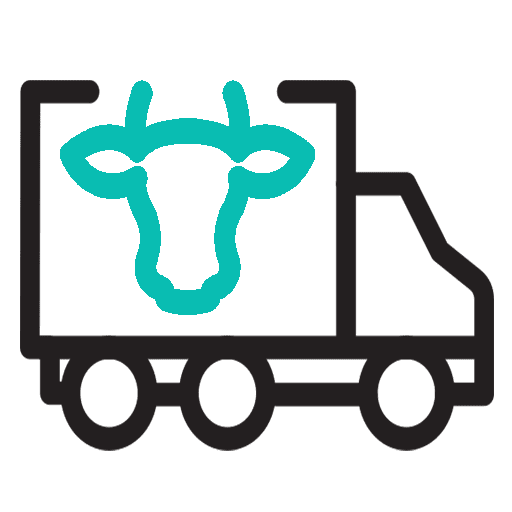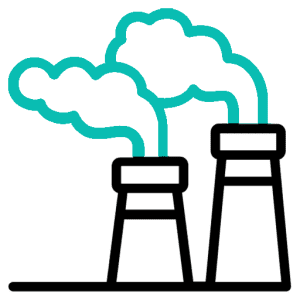Biodiversity—the vast web of life that sustains ecosystems and human existence—is under unprecedented threat, and industrial animal agriculture stands as one of its primary drivers. Factory farming fuels large-scale deforestation, wetland drainage, and grassland destruction to create space for grazing livestock or to grow monoculture feed crops such as soy and corn. These activities fragment natural habitats, displace countless species, and push many toward extinction. The ripple effects are profound, destabilizing ecosystems that regulate climate, purify air and water, and maintain soil fertility.
The intensive use of chemical fertilizers, pesticides, and antibiotics in industrial farming further accelerates biodiversity decline by poisoning waterways, degrading soils, and weakening natural food chains. Aquatic ecosystems are particularly vulnerable, as nutrient runoff creates oxygen-depleted “dead zones” where fish and other species cannot survive. At the same time, the homogenization of global agriculture erodes genetic diversity, leaving food systems more vulnerable to pests, diseases, and climate shocks.
This category underscores how protecting biodiversity is inseparable from rethinking our diets and farming practices. By reducing dependence on animal products and embracing more sustainable, plant-based food systems, humanity can alleviate pressures on ecosystems, safeguard endangered species, and preserve the natural balance that supports all forms of life.
As the global population continues to grow, so does the demand for food. One of the primary sources of protein in our diets is meat, and as a result, meat consumption has skyrocketed in recent years. However, the production of meat has significant environmental consequences. In particular, the rising demand for meat is contributing to deforestation and habitat loss, which are major threats to biodiversity and the health of our planet. In this article, we will delve into the complex relationship between meat consumption, deforestation, and habitat loss. We will explore the key drivers behind the increasing demand for meat, the impact of meat production on deforestation and habitat loss, and the potential solutions to mitigate these issues. By understanding the link between meat consumption, deforestation, and habitat loss, we can work towards creating a more sustainable future for both our planet and ourselves. Meat consumption impacts deforestation rates The …


